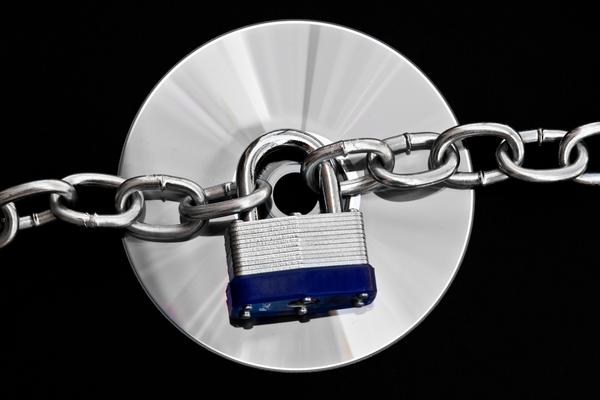If you are a veteran artist, you should know a thing or two about copyrights. If you are a newbie to the music industry, then here is the perfect opportunity for you to learn. But regardless of the time frame in which you as an artist have been affiliated with the business, many of you still misunderstand the specifics regarding copyrights. Thus, we hear of copyright infringement lawsuits and wonder how did the artist get himself or herself in such a financial mess.
Well, copyrights are tricky. When the concept of copyrights was first outlined in Article 1, Section 8 of the U.S. Constitution in 1787, Congress later established specific ground rules regarding infringing upon those rights (i.e. 1909 U.S. Copyright Law, 1976 Copyright Revision Act, and the 1998 Sonny Bono Copyright Extension Act). These laws helped artists understand the various types of “works” that are protected.
Types of “Works” Protected By Copyright Laws
- Musical works (words included)
- Dramatic works (musical compositions included)
- Motion pictures
- Other Audiovisual works
- Sound Recordings
These “works” are not protected, however, if they do not contain these statutes: an original work of authorship and a tangible medium of expression that is now known and later developed. In other words, you must prove that you are the ORIGINAL OWNER/AUTHOR of the work. Secondly, the work must be solid and/or material enough that it is recognized and can be proven to have been later developed.
Your exclusive rights are spelled out in the laws. Exclusive rights apply to each individual work created by the author. Although this may seem a bit confusing, Brabec’s ‘Music Money And Success’ book does a great job at clearly defining each law:
1. “The right to reproduce the copyrighted work in copies or phonorecords.” – This right includes the ability to authorize copies of a work that are fixed in practically any form, including tapes, records, CDs, and sheet music.
2. “The right to prepare derivative works based upon the copyrighted work.” – This very important right allows a copyright owner to authorize arrangements, motion picture adaptations, abridgements, translations, sound recordings and so on the that are based on the copyrighted work.
3. “The right to distribute copies or phonorecords of the copyrighted work on the public by sale or other transfer of ownership, or by rental, lease or lending. ” – This right gives the copyright owner initial control over the first authorized record or copy of the work. After the first “copy” is authorized, all others may record the work simply by complying with the compulsory licensing provisions of the act.
4. “The right to perform the copyrighted work publicly. ” – Financially, this is one of copyright’s most important rights, as it forms the basis of all ASCAP, BMI, and SESAC licensing, as well as the direct and source licensing of music users.
5. “The right to display the copyrighted work publicly.” This right authorizes individual images of a wok such as projecting an image of the copyrighted work on a screen.
6. “In the case of sound recordings, to perform the copyrighted work publicly by means of a digital audio transmission.”
BUT…with most laws, there are provisions or ways to maneuver around the laws. Exclusive rights can be exempt is the artists’ work is reproduced under the “fair use” rule. “Fair Use” exemptions include reproductions used by educational facilities/programs, religious performances, charity or non-profit performances, and even home-based performances can be used without the authorization of the copyright owner.
One last factor to note…copyrights can be and are oftentimes transferred to another party. The creator of the work MUST authorize the copyright transfer through written agreement…signed (and sometimes notarized).




